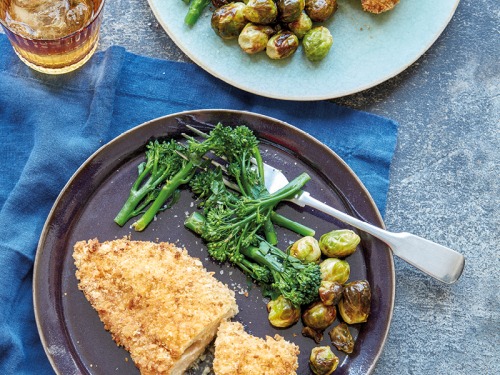Where to Spot Seals, Dolphins and Birds Along the North East and Yorkshire Coast
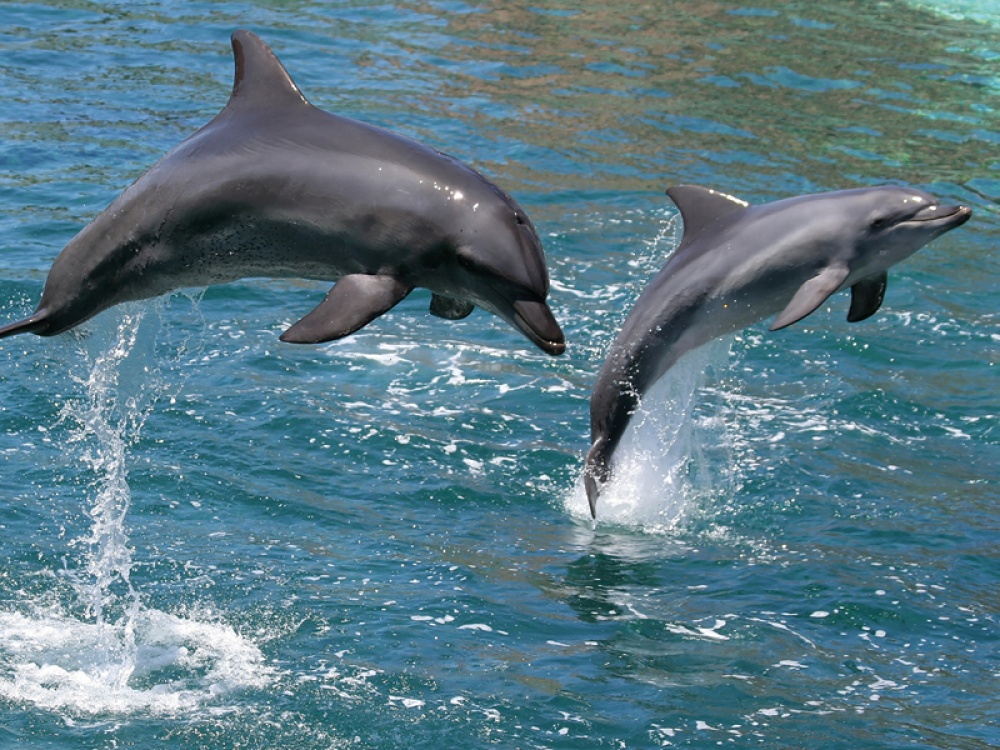
We share our coast with a host of amazing wildlife
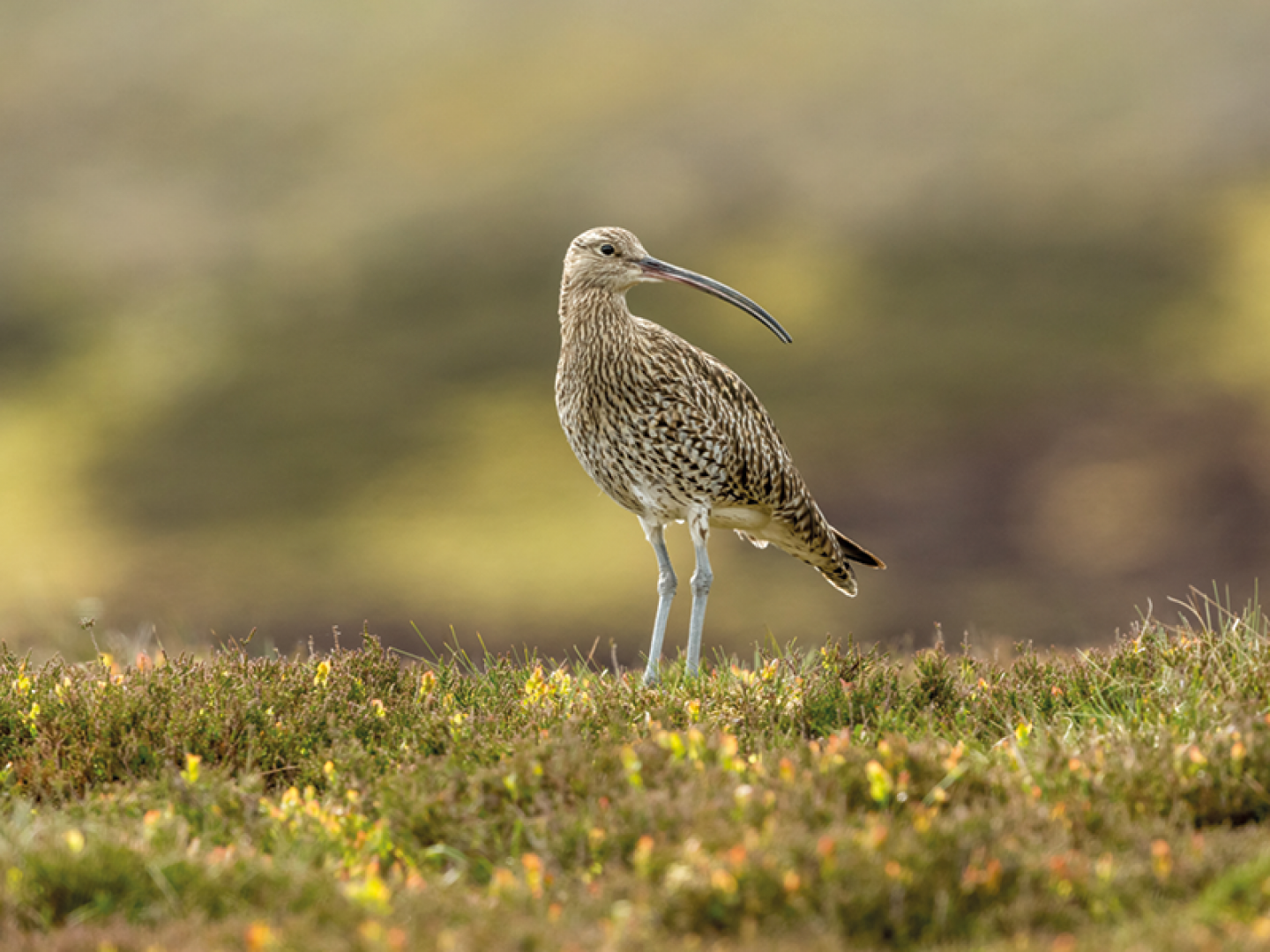
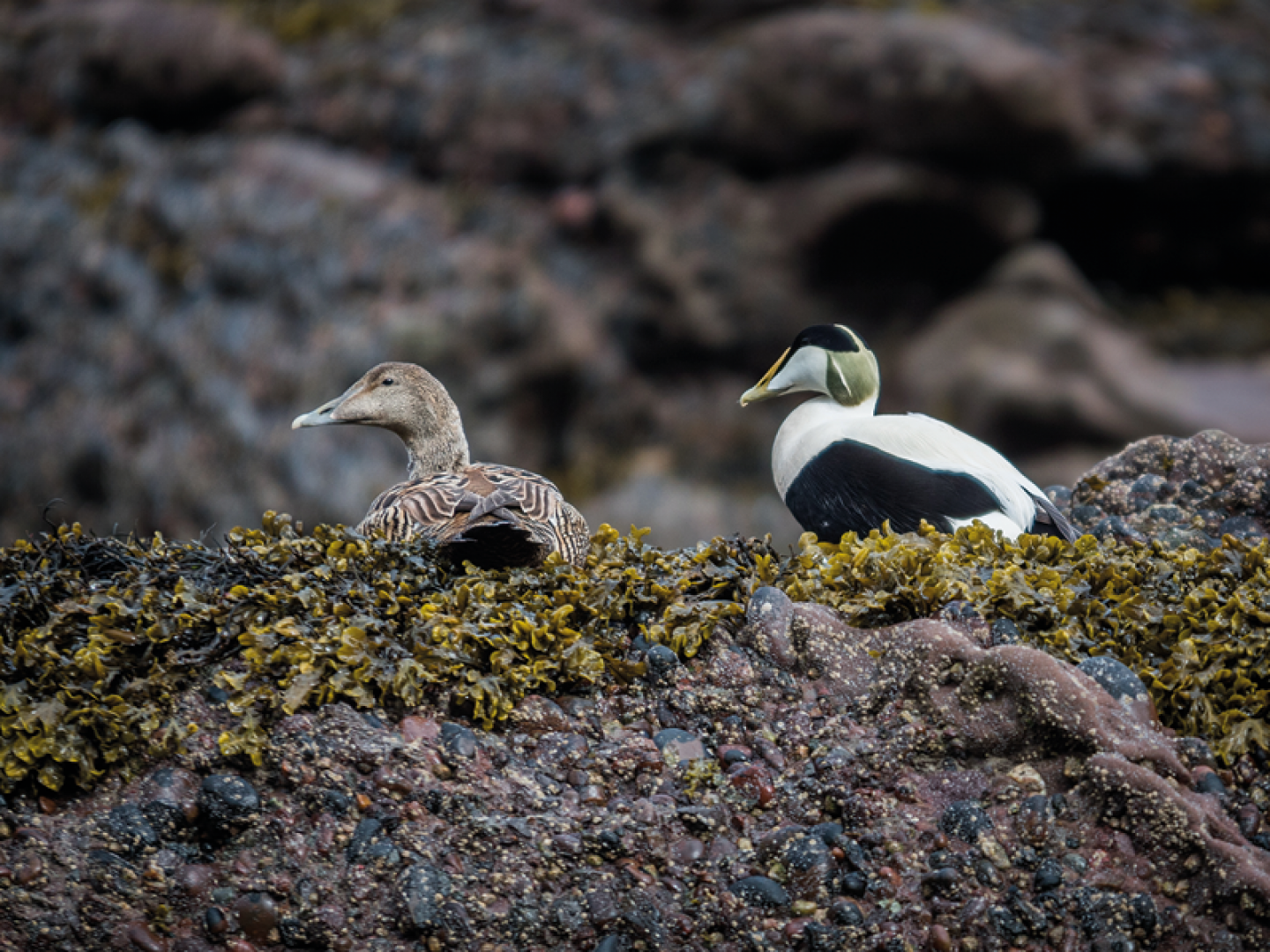
Hauxley Wildlife Reserve
One of the best wildlife-watching spots in the North East, Hauxley Wildlife Reserve is right next to the beach, offering fantastic views along the length of Druridge Bay. Renowned for its bird life, the reserve attracts a wide variety, from tree sparrow, reed bunting and bull finch, to coot, moorhen and curlew. If feathered friends aren’t really your thing keep your eyes peeled and you might see red squirrels, stoats and otters. The reserve is also home to fabulous flowers including viper’s bugloss, bloody cranesbill and northern marsh orchid, which attract a large variety of butterflies such as the common blue and wall brown. They also get dragonflies and damselflies on the ponds.
Farne Islands
These rocky islands off the Northumberland coast might be small in size but they pack a punch when it comes to nature. With 100,000 or so seabirds who call the islands home, this is possibly the most exciting seabird colony in England with 23 species including terns, guillemots and eider ducks. There are few better places to see puffins during their breeding season, when around 43,000 pairs gather to show off their striking orange-tipped beaks. Every five years, the Farne Islands’ ranger team undertakes a full census of puffins, and they rely on visitors to help support the vital work to protect them. While puffins are popular, the islands are not solely a preserve of birds – they are also home to one of the most important grey seal pupping sites, with more than 2,000 pups born here every autumn.
Read More: Our Pick of the Best Days Out Across the North East
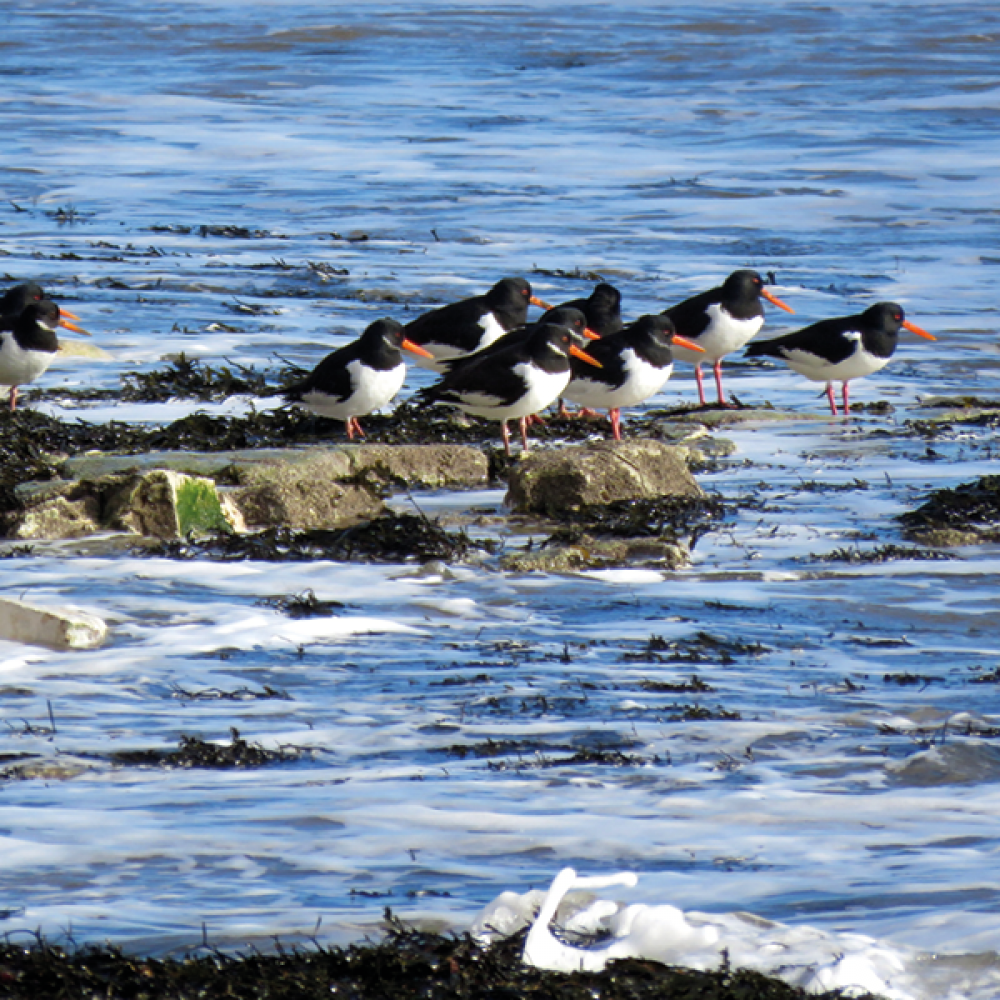
Souter Lighthouse
Built in 1871, Souter Lighthouse is known as the world’s first lighthouse designed to be lit by electricity but what many people don’t realise is the location in equally impressive when it comes to wildlife. Souter Lighthouse and The Leas are a wildlife haven, with species of all types making their home around this area. The cliffs and rock stacks of Marsden Bay are home to nesting kittiwakes, fulmar, cormorants, shags and guillemots, while south of the lighthouse is Whitburn Coastal Park and Nature Reserve. The National Trust has also built an imitation nest bank for vulnerable sand martin pairs in the reserve, in the hope of seeing numbers increase year on year.
Coquet Island
Sitting a mile off the coast at Amble, Coquet Island is a vibrant seabird sanctuary, home to 40,000 breeding seabirds and to the UK’s only roseate tern breeding colony. The RSPB carries out work with an objective to increase the breeding roseate tern population through the provision of nest terraces and habitat management, as well as using Coquet Island as a feeder site to expand the breeding range of these terns. It is also an important site for nesting puffins and common sandwich and arctic terns, eider ducks and oystercatchers. Plus, as well as birds, a grey seal colony call this home year-round and seal are often spotted bobbing in the waters and lazing on the rocks on the east side of the island.
St. Mary’s Lighthouse
Reached between tides via a short causeway, St Mary’s Island is a miniature, part-time island and has plenty of wildlife. Boasting an interesting variety of habitats in a relatively small area, the surrounding Nature Reserve contains an area of rockpools, clifftop grassland, a beach and newly-created wetland habitats. With a number of shore and wetland birds, expect everything from sea ducks and fulmars to oystercatchers and curlews, as well as huge flocks of golden plover. Grey seals can be also seen hauled out on St Mary’s Island, while if you’re lucky, dolphins can be spotted out at sea, and the path through the meadows north to Old Hartley is very good for butterflies and moths during the summer months.
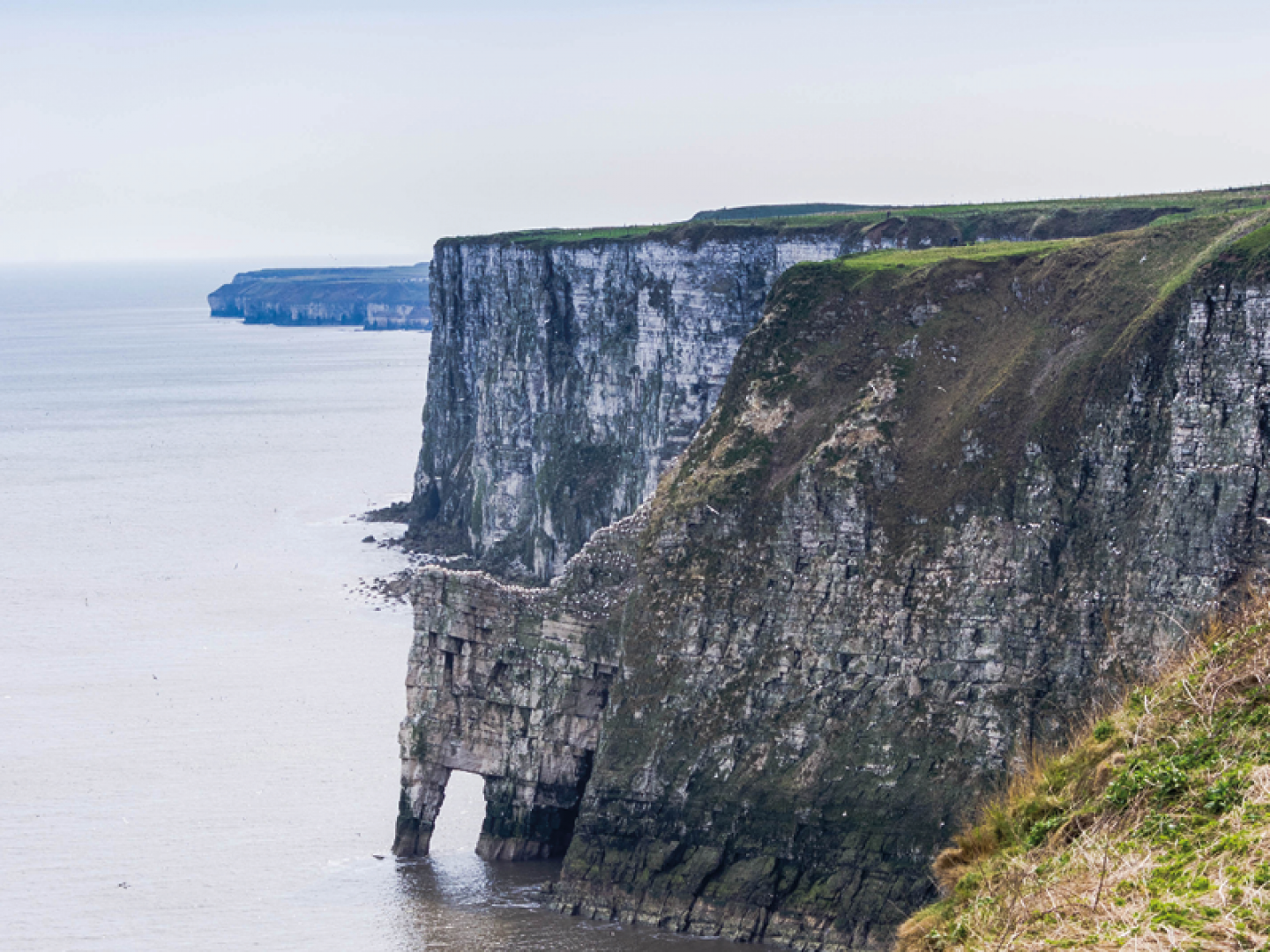
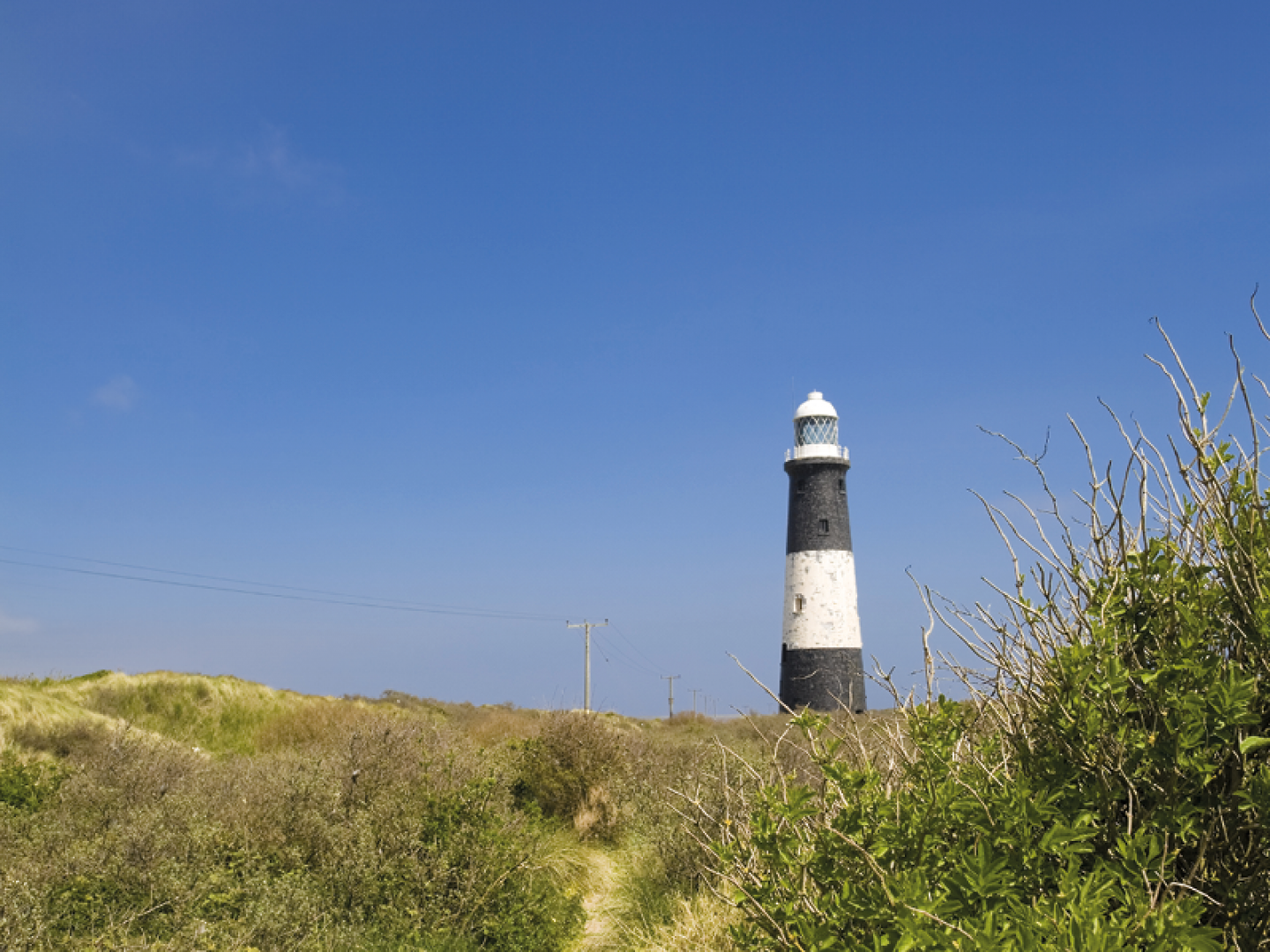
Spurn Point
Spurn Point is Yorkshire’s very own Land’s End – an iconic and constantly moving peninsula which curves between the North Sea and the Humber Estuary. A National Nature Reserve overseen by Yorkshire Wildlife Trust means the wildlife and habitats here are highly protected and whilst most famous for bird migration, impressive movements of insects including hoverflies, ladybirds, dragonflies and butterflies can also occur. In the summer a range of wildflowers appear in the grassland areas, which are managed through grazing with sheep and cattle, while roe deer are a regular sight in these grassy areas, particularly early in the morning. A look over the sea will not only reveal passing seabirds including locally breeding little tern in the summer, but also a chance of a harbour porpoise or even a minke whale.
Bempton Cliffs
Home to one of the country’s top wildlife spectacles, around half a million seabirds gather at the RSPB reserve at Bempton Cliffs between March and October, to raise their families on the towering chalk cliffs which overlook the North Sea. This seabird city includes gannets, guillemots, puffins and tree sparrows, while late afternoon is a great time to see barn owls gliding over the fields in search of a vole or two. Beyond the cliffs, the reserve benefits from a huge array of wildlife including seals and porpoises that can be found swimming in the waves below, plus a range of common butterflies can be seen on sunny days, along with day-flying moths such as cinnabars, burnet moths and occasionally hummingbird hawkmoths.
Read More: 10 Great Days Out Across Yorkshire
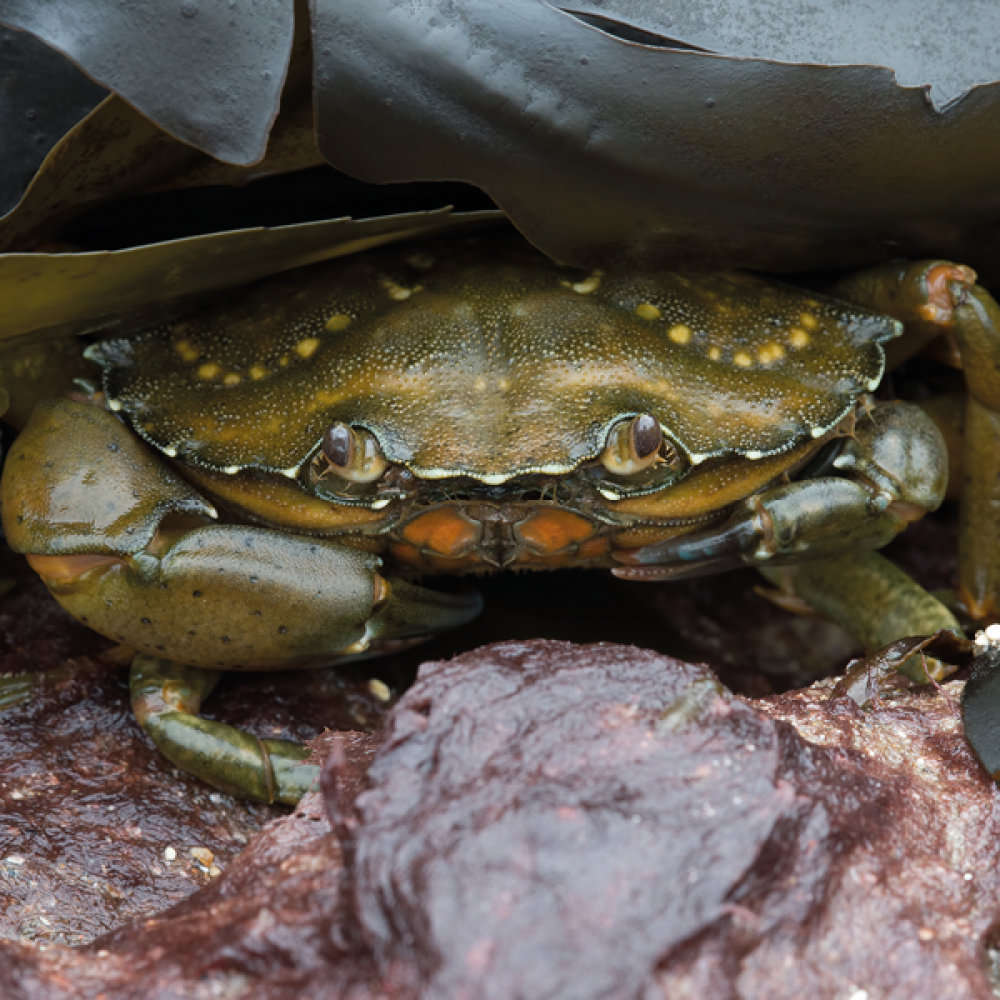
It’s amazing what you can discover in the rock pools that pepper the beaches and bays of the Yorkshire coast. Saltburn, Robin Hood’s Bay and Boggle Hole offer particularly rich pickings, as long as you follow a few simple dos and don’ts.
When to go
You can go rock-pooling at any time of the year, but the temperatures are best from late spring to early autumn. Our seas are at their warmest in September and coldest in March.
Where to look
Rock pools close to the beach are full of green seaweed, so you won’t find much in the way of wildlife here. Those closest to the sea edge are home to a variety of marine animals which need a supply of seawater.
Watch the weather
If you go rock-pooling when the weather is dry and calm, the surface of the pools will be still, making it easier to sere what lies beneath the surface. The first things you’ll spot are fish such as gobies, butterfish or blennies. If you’re lucky you might even catch sight of prawns and shrimp.
Hidden creatures
To make the most of rock-pooling, you need to get your hands wet. Pick up rocks and move seaweed around if you want to see green shore or porcelain crabs scuttle out.
A closer look
Collect rock pool creatures in a bucket for closer inspection, but don’t hold on to them for too long. Have a quick look and then put them back carefully. It’s not advisable to use a net as creatures can easily get tangled and injured.
Read More: Where to See Animals and Wildlife Across Yorkshire this Summer

The North Sea boasts a rich variety of sea life. Every summer and autumn, herrings migrate to the North East coast to spawn, closely followed by hungry minke, fin, sei and humpback whales, white-beaked and bottlenose dolphins, porbeagle sharks, bird and seals. Other creatures not necessarily partial to herring, including sunfish, jellyfish, gannets, guillemots and razorbills, also make the east coast their home.
Whale sightings are on the rise along the Northumberland coast, including a pod of killer whales which was spotted 18 miles from Seahouses, probably drawn to our waters by the seals around the Farne Islands. Elsewhere, dolphins have been sighted quite regularly just off the coast at South Shields, Beadnell and Bamburgh, and porpoises have been seen in Amble harbour and Embleton Bay.
There are a number of pelagic tours available across the North East, which take visitors to get a closer view of the colossal creatures that populate the seas through the summer. From Billy Shiel’s Boat Trips to Northern Experience Wildlife Tours, the teams share their knowledge and experience of finding North Sea wildlife, while a boat offers an excellent vantage point for observation and opportunities for photography of these marine mammals.




